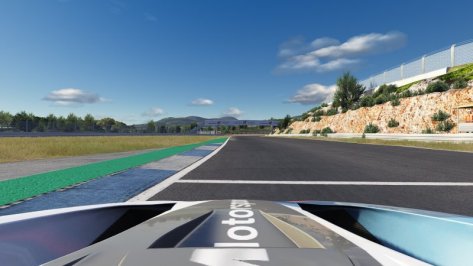Many--if not most--default setups are ill-advised. Someone who's good at graphics or sound or even physics may not have any real-world experience driving the car in question on the street, much less in competition. He/she/they may not know a good setup from a grilled-cheese sandwich...or even care. Even if they know that a given value (camber, toe, gear ratios, wing angle, whatever) isn't ideal, they may not know which direction to go. Doug Arnao taught me long ago (when we were working on the "Grand Prix Legends" beta) what to look for...and what to do with it when you found it. It's true that no one setup will work for everyone (Schumacher loved kart-like still setups, which are the hardest to control; a soft setup has more grip but demands more precision), but a greater truth is that a good setup will work for most venues. Taking a good base-line setup and tweaking it to the way you drive is fine tuning. Getting to the base-line itself is the hard part...and it helps if you've had real-world experience and if you understand the particular physics involved (hysteresis, camber thrust, rake, center-of-pressure vs. speed, etc.). Start with the classic "Technique of Motor Racing" by Mille Miglia-winner Piero Taruffi, then Carroll Smith's "Drive to Win," and if you're still hungry, the Millikens' massive "Race Car Vehicle Dynamics."














